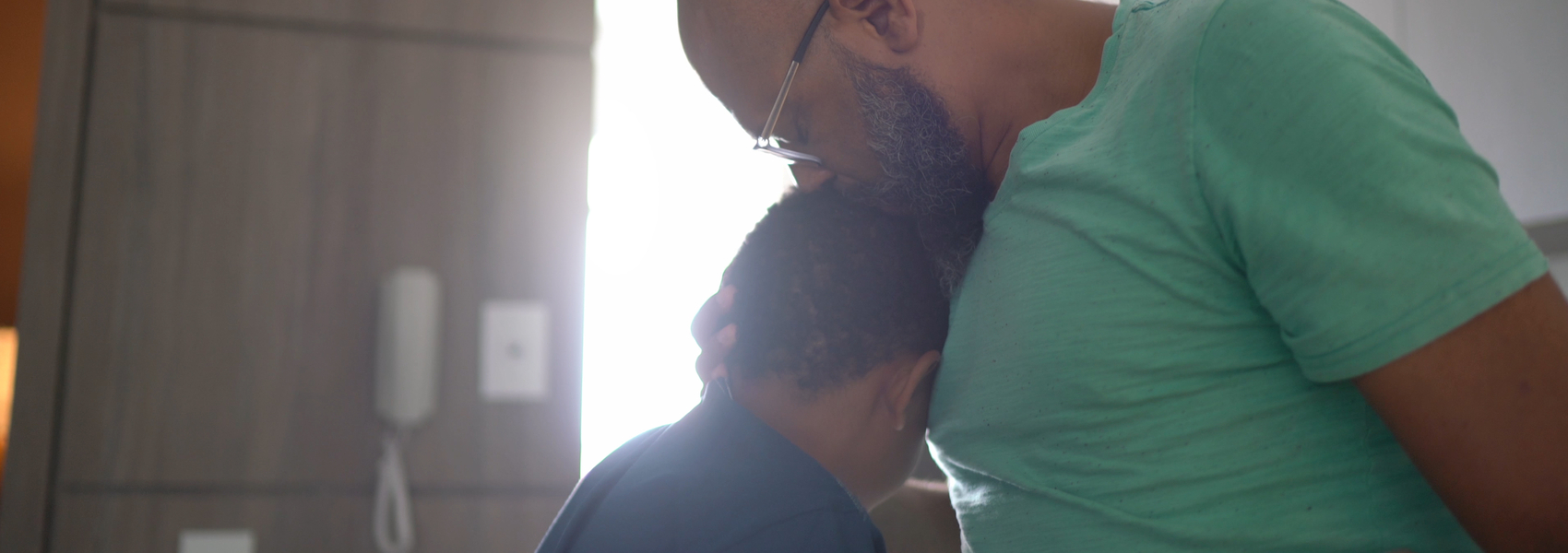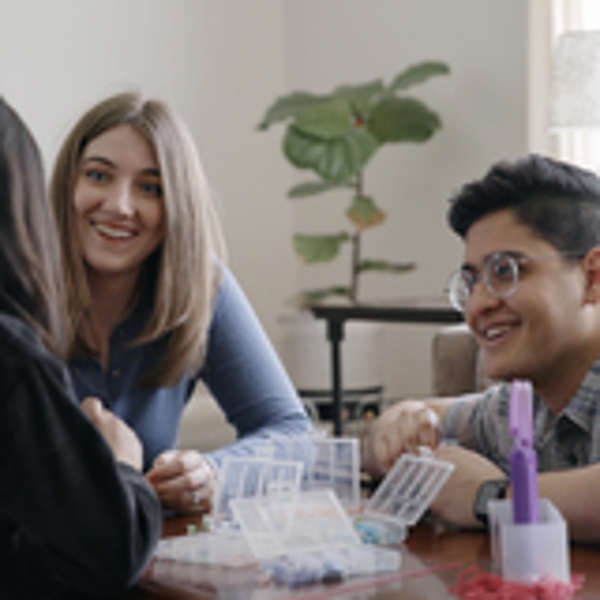Why is my tween acting like a much younger child?
Attachment behaviors and older adopted children
Angela Welch, MA, LPC

After several years in foster care, Aaron was 10 when he was placed with a foster family that adopted him a year later. His adoptive parents knew about his history of abuse and multiple stays in previous foster homes, but they were surprised when, at 12, Aaron began showing behaviors they’d never seen from him before, behaviors they’d expect to see from a much younger child.
If his mom was late getting home from work, he’d berate her when she walked in, accusing her of not caring about him. Several times a day, he’d text his parents to check if they were going to pick him up from soccer practice. They were especially surprised when he was nervous to go into their basement by himself, without one of them turning on the light first.
After two years in their home, they wondered why he was acting this way, and why now? They were concerned that he was either regressing or that their attachment wasn’t as secure as they’d thought.
Understandably, this type of behavior can be baffling when an older child has not previously displayed it and has been in one family’s safe and loving care for some time. The fact that Aaron is concerned for his mother’s safe arrival home and looks to his mom and dad to help him feel safe are strong indications that his parents have indeed become secure attachment figures.
Strange as it may seem, Aaron’s behavior is more likely progression in attachment.
When adoptive parents get positive feedback that attachment is growing, families naturally shift the focus from attachment to tasks of daily living. So let’s review a little.
Attachment basics
Adopting an older child with a trauma history, including removal from birth family and multiple placements, means building attachment is often a slower and unique process. We know that infants develop attachment through their needs being met consistently and in a timely manner. This cycle happens hundreds of times a day with infants and toddlers as they rely on adults to meet their needs.
With an older, fairly self-sufficient child, parents or caregivers are not changing diapers, feeding, bathing, and holding him all day long. While they do meet needs—helping with homework, washing clothes, or transporting home from soccer—these needs are not critical to the child’s survival, so the impact on attachment is different than an infant who needs caregivers to provide life-sustaining care.
Plus, the frequency of meeting an older child’s needs has a slower pace compared to the cycle with a young child. On top of all of that, when an adolescent like Aaron is feeling distress, he typically uses established self-regulation skills (healthy ones or not); therefore, he doesn’t rely on caregivers to regulate him and build connection as often in that way.
Adolescent attachment
All of these factors can contribute to a “two steps forward, one step back” pattern in how attachment is really developing for an adolescent. This not-so-linear process can, in turn, cause parents some anxiety when unusual behavior appears, but it’s common. As long as the journey is more forward than backward, you’re moving in the right direction.
Keep in mind too that attachment doesn’t work like a 401k. The balance doesn’t roll over from one caregiver to the next. Based in trust and connection, attachment is contingent on the relationship with a caregiver; every time a child is placed in a new home, the attachment process starts over.
This is not to say secure attachment with past caregivers means nothing. Those are great lessons and building blocks for a child to experience what it means to feel safe. This can help the process move more quickly with the next attachment figure. But observing and testing the new caregiver is not unusual, and when secure attachment is in progress, we often see children revisiting developmental tasks, including separation anxiety.
Separation anxiety is expected in securely attached children around 2 years old as they initially struggle to cope without the parent or caregiver being their external regulator all the time. So considering Aaron was placed in this home two years ago and has made positive progress in attachment with his family, he may very well be going through developmental tasks of a 2-year-old in his family.
The good news is his separation anxiety is a phase, but he may be headed next for the “terrible twos and threes”—his family can expect to hear him say, “No!” and show some defiance soon. But since he will be a true teenager then, it will be hard to tell the difference because both tasks are about asserting independence.
Felt safety
If you’re a parent or caregiver experiencing these younger behaviors, you’ll want to provide your child with what Drs. Purvis and Cross coined in "The Connected Child" as “felt safety.” You know your child is safe and won’t be hurt by anything in the basement, but they don’t feel that safety right now.
So go ahead and turn on the lights for them. Check for monsters under the bed if they ask. It may be helpful to validate the feelings they’re struggling to express: “Wow, you really feel anxious going down there. I remember being afraid of my parents’ basement for a long time. Let’s turn on the light, and I’ll go with you and get the laundry out of the dryer.”
Also, you can work with your child to develop appropriate ways to cope with anxiety. Using today’s technology, you can share your calendar so your child knows your schedule each week. Make a plan to text them after school that you’ll pick them up from soccer or will be home on time or a little late from work.
Meeting the need they’re sharing with you will only strengthen your connection, so go above and beyond while you have this unique opportunity to nurture the “2-year-old” needs in your child.



